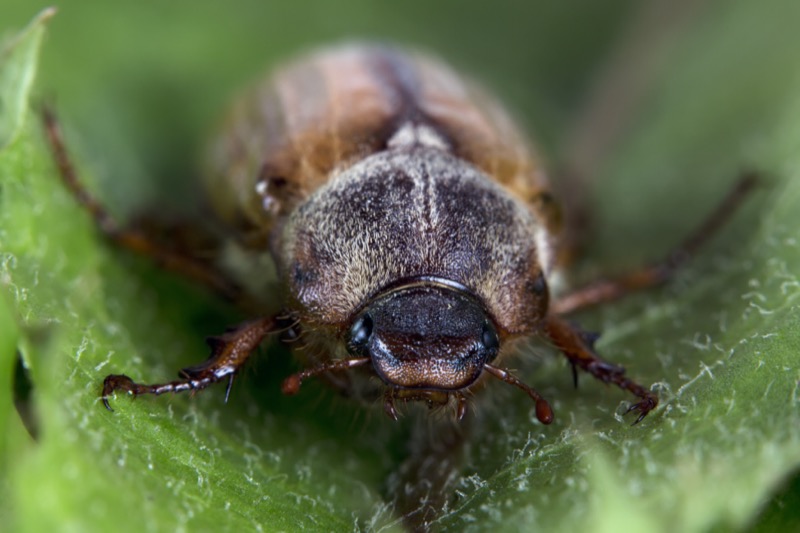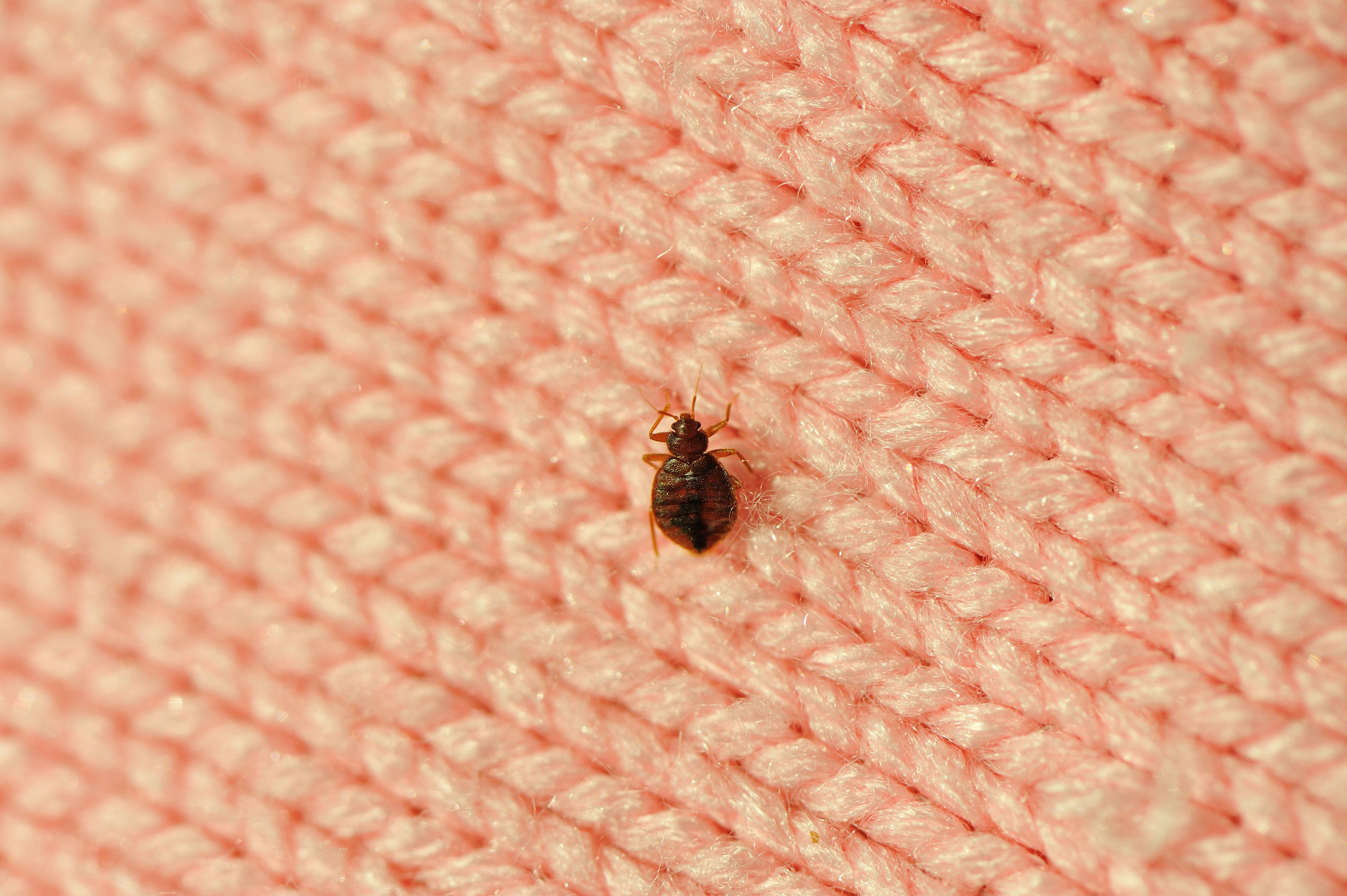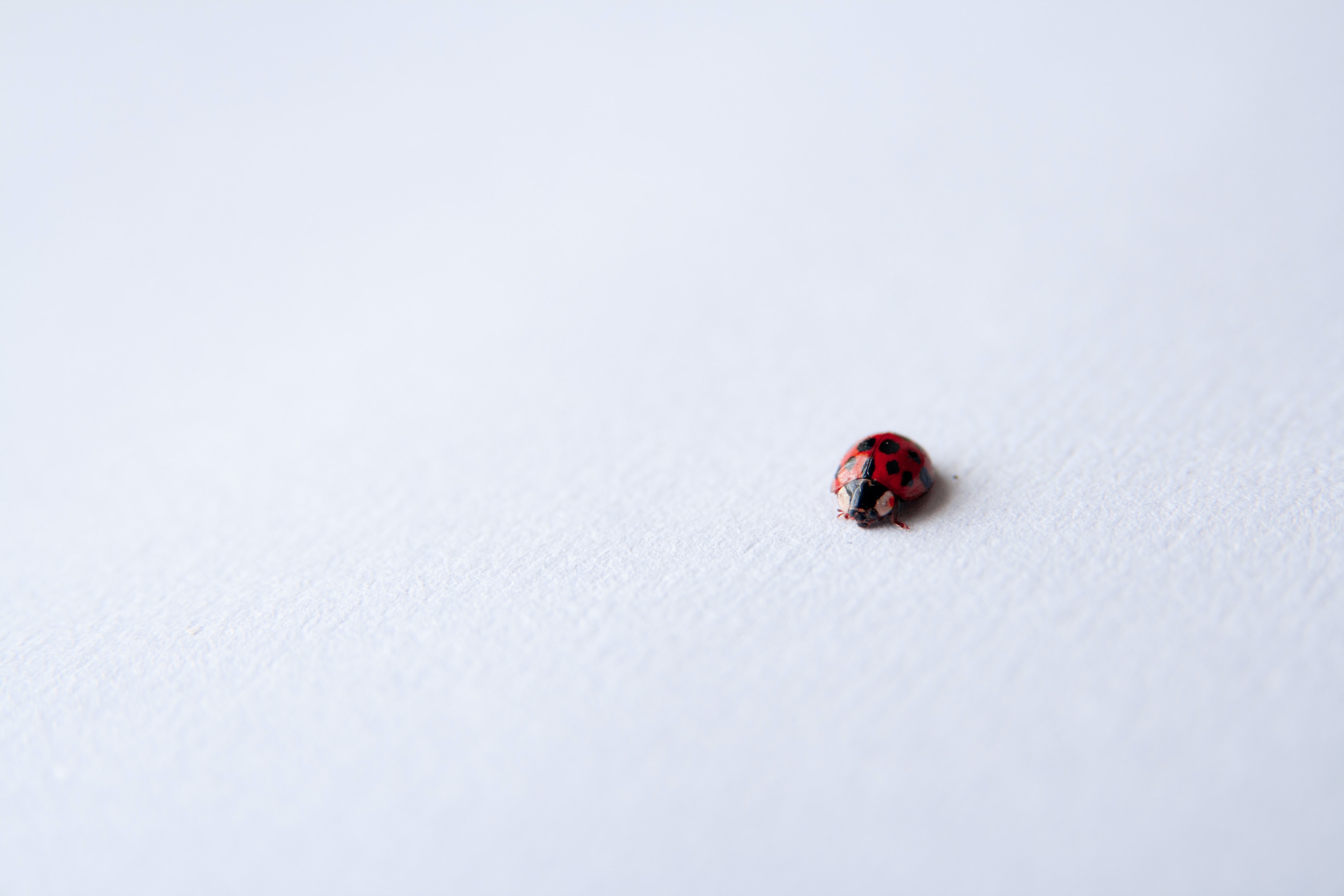Which Insects Eat Clothes?
Insects have lived side by side with humans for centuries, and with more than 200 million of them for every human, everyone is guaranteed to interact with them at some point. A common point of interaction involves clothing and insects chewing holes into them, a famous case of this is when model and actor Monique Zordan sued her travel insurance because of damage caused by moths to her clothes.
A variety of bugs such as moths, beetles, and silverfish can chew through clothes, this happens because of the oils, foods, and liquids left on clothes after use. Common types of materials affected by this are wool, cotton, rayon, and linen, due to the fibers in the clothes ability to hold onto particles and attract bugs looking for food.
The most common insect to punch holes in clothes are moths, with their ability to fly and young that would eat large sections of clothing, they are particularly recognized for their ability to do damage.

According to the Department of Entomology at Cornell University the two types of moths that are likely to eat clothes are the casemaking clothes moth and the webbing clothes moth, because of their likeness for dry materials and fibers.
Silverfish and roaches often target clothes with stains or left over material still on it and leave smaller holes where the stains were left. Lastly beetles similarly to moths can use clothes as a nesting grounds, leaving their eggs on clothes so that their grubs may eat it.
According to the New Mexico State University, College of Agricultural, Consumer, and Environmental Sciences carpet beetles can be particularly damaging due to their ability to also lay eggs in carpets and rugs, they also recommend the importance of getting the problem under control because beetles have a tendency to move around and could damage material in multiple locations at a time.

Preventing this can be relatively difficult, mostly depending on the type of clothes you have and how often you wear them. New Mexico State University, College of Agricultural, Consumer, and Environmental Sciences and the Department of Entomology at Cornell University recommends keeping storage places very clean, to consistently vacuum carpets and rugs, and buy clothing items that have been treated with anti insect deterrents.
My mother, who previously owned and operated a dry cleaning business for more than 20 years recommends to keep mothballs in clothes that are being moved, stored, or going unused for long periods of time. She also recommends using passive techniques like an air-moisturize eliminator, along with through washing in order to not attract insects, and eliminate possible scents that would attract bugs.
An effective hands off solution would be to call a pest control specialist and locate possible entrances for insects into your home, stopping them at the source. While doing this it’s important you pay attention and note down all the possible entrances to your house so that next time you could investigate how it got in. Pest control can often be the only solution to a large infestation, and if you feel like they are spreading faster than you can control them, calling a pest control specialist is often a wise choice.
In conclusion, insects target clothes for a variety of reasons, understanding and being knowledgeable about what to look for and what to do will help you be prepared to deal with the issue effectively. If you recognize that material you own has been damaged by insects its important to react fast and deal with the problem effectively, taking control and managing the spread is key to stopping an infestation and possibly losing more clothes. If you’re unable to do this or you have already lost control, it’s important to call an expert, this being a common issue around the world, they will be better prepared and more knowledgeable about complex strategies to use in order to eliminate the problem.








